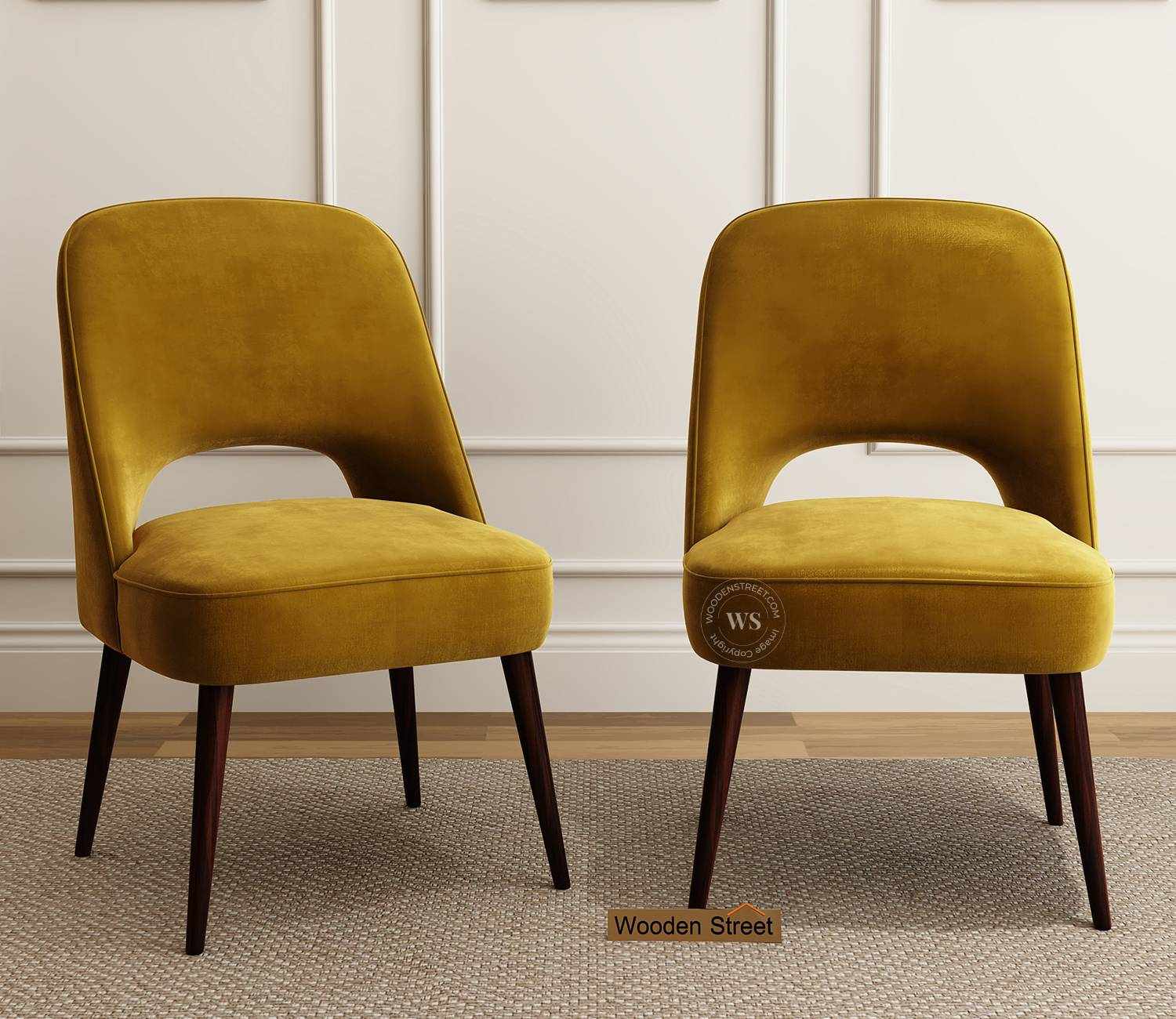Dining chairs play an essential role in your dining area, providing both functionality and style. However, they endure daily wear and tear, which can affect their appearance and longevity. Proper care and maintenance can keep your dining chairs looking fresh and ensure their durability for years to come.
In this guide, we’ll discuss essential tips for cleaning, maintaining, and caring for dining chairs of different materials, along with advice for protecting them from damage.

1. Understand the Material of Your Dining Chairs
Before diving into care routines, identify the materials of your dining chairs, as each requires specific maintenance methods. Common materials include:
Wood: Often used for sturdy, classic dining chairs.
Upholstery: Includes fabric or leather for comfortable seating.
Metal: Popular for modern, industrial designs.
Plastic or Acrylic: Lightweight and versatile options.
2. Cleaning Your Dining Chairs
Wooden Chairs
Dust Regularly: Use a soft, dry cloth to remove dust and prevent buildup.
Deep Cleaning: Wipe with a damp cloth and a mild soap solution. Avoid soaking the wood to prevent warping.
Polishing: Apply furniture polish or wax periodically to maintain shine and protect the surface.
Upholstered Chairs
Vacuum Weekly: Use a vacuum cleaner with a brush attachment to remove dirt and crumbs.
Spot Cleaning: Treat stains promptly with a fabric cleaner. Always test the cleaner on an inconspicuous area first.
Professional Cleaning: For stubborn stains or odors, consider professional upholstery cleaning.
Metal Chairs
Dusting: Clean with a microfiber cloth to avoid scratches.
Cleaning Solution: Use warm water and mild dish soap to remove grime. For tougher stains, try a vinegar and water solution.
Rust Prevention: Apply a rust-resistant spray or paint if necessary, especially for outdoor use.
Plastic or Acrylic Chairs
Daily Wiping: Use a damp cloth with soapy water for regular cleaning.
Avoid Abrasives: Never use abrasive sponges or harsh cleaners, as they can scratch the surface.
3. Protecting Your Dining Chairs

Use Chair Pads or Covers
Protect chairs from spills, stains, and scratches by using removable chair pads or slipcovers.
Opt for washable covers to simplify cleaning.
Mind the Weight Limits
Avoid exceeding the weight capacity of your chairs to prevent damage or weakening of the structure.
Place Felt Pads Under Legs
Attach felt pads to the bottom of chair legs to prevent scratches on your floors and reduce wear on the chair legs.
Control Sunlight Exposure
Prolonged sunlight exposure can cause fading or warping. Place chairs away from direct sunlight or use curtains and blinds to filter light.
4. Regular Maintenance
Check for Loose Screws or Bolts
Periodically inspect screws, bolts, or joints for looseness. Tighten them as needed to prevent wobbling.
Repair Minor Damages
For wooden chairs, use wood filler or glue to repair cracks. Sand and refinish if needed.
For metal chairs, address scratches or chips with touch-up paint to prevent rust.
Reupholstering
If the fabric on your chairs looks worn, consider reupholstering. This not only extends their life but also offers an opportunity to update their appearance.
5. Preventive Measures for Longevity

Avoid Dragging Chairs
Always lift chairs instead of dragging them across the floor to avoid damage to both the chair legs and flooring.
Keep Away from Extreme Temperatures
Avoid placing chairs near heating vents, fireplaces, or air conditioning units, as extreme temperatures can damage certain materials like wood or fabric.
Use a Dining Chair Protector
Apply a protective spray for upholstered chairs to repel spills and stains. For wooden chairs, a varnish or sealant can act as a protective layer.
6. Specialized Care for Leather Chairs
Leather dining chairs require unique care to retain their luxurious appearance:
Dust Often: Use a soft, dry cloth to wipe the surface.
Condition Regularly: Apply leather conditioner every 6–12 months to prevent drying and cracking.
Avoid Harsh Chemicals: Use a specialized leather cleaner for stains and spills.
7. Seasonal Care for Outdoor Dining Chairs
If you use dining chairs outdoors:
Protect from Weather: Use chair covers or store them indoors during harsh weather conditions.
Clean After Use: Wipe chairs down after exposure to rain or humidity.
Reinforce Materials: Apply a weatherproof coating to wood or metal chairs for extra durability.
Conclusion
Caring for your dining chairs is an essential part of maintaining a beautiful and functional dining area. By following proper cleaning techniques, regular maintenance routines, and preventive measures, you can prolong the life of your chairs while keeping them in excellent condition. Whether your chairs are wooden, upholstered, metal, or plastic, the right care ensures they remain a stunning addition to your home for years to come.
Investing time in upkeep not only saves you money on replacements but also preserves the charm and comfort of your dining space, making every meal a more enjoyable experience.








Write a comment ...